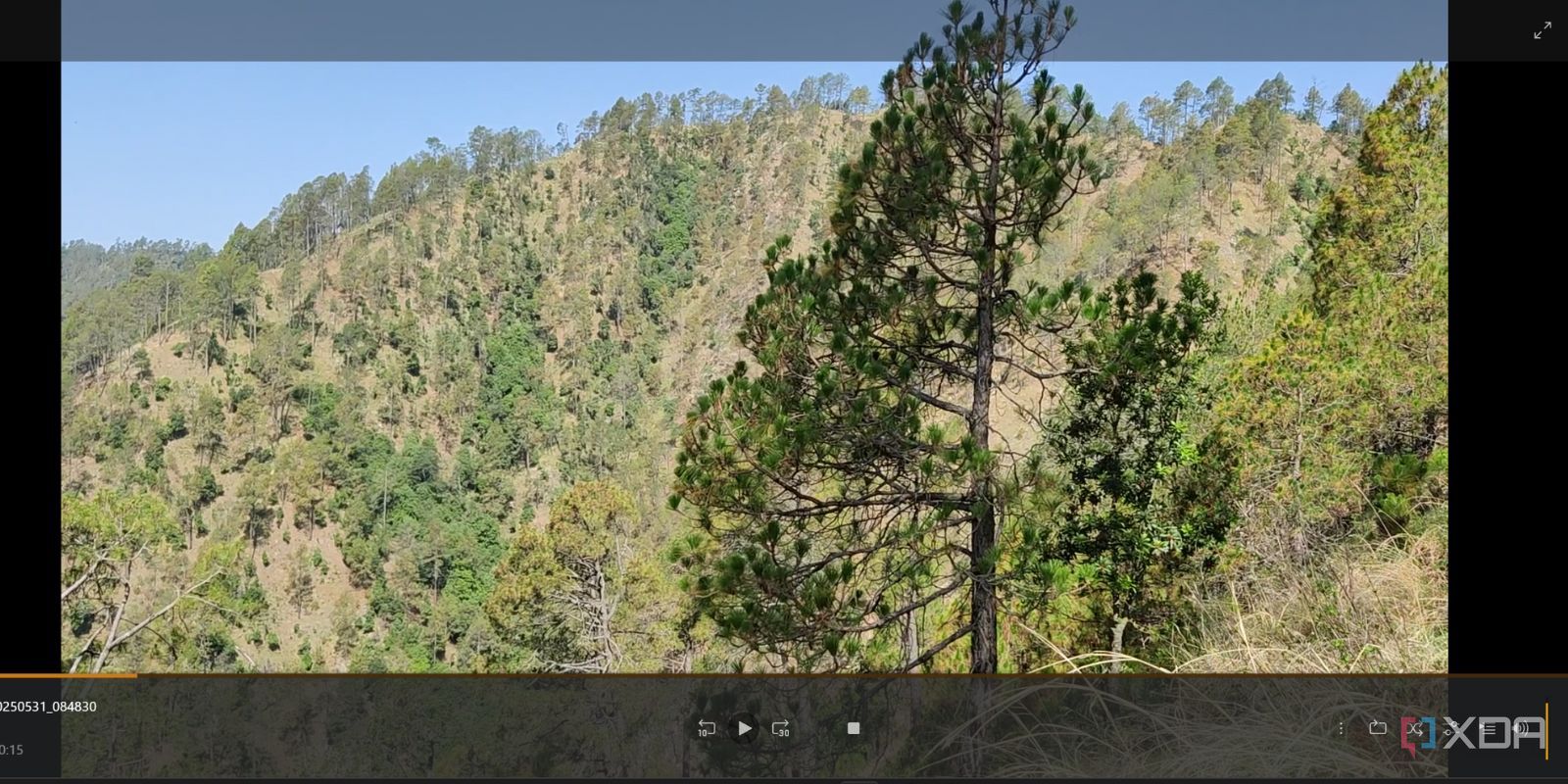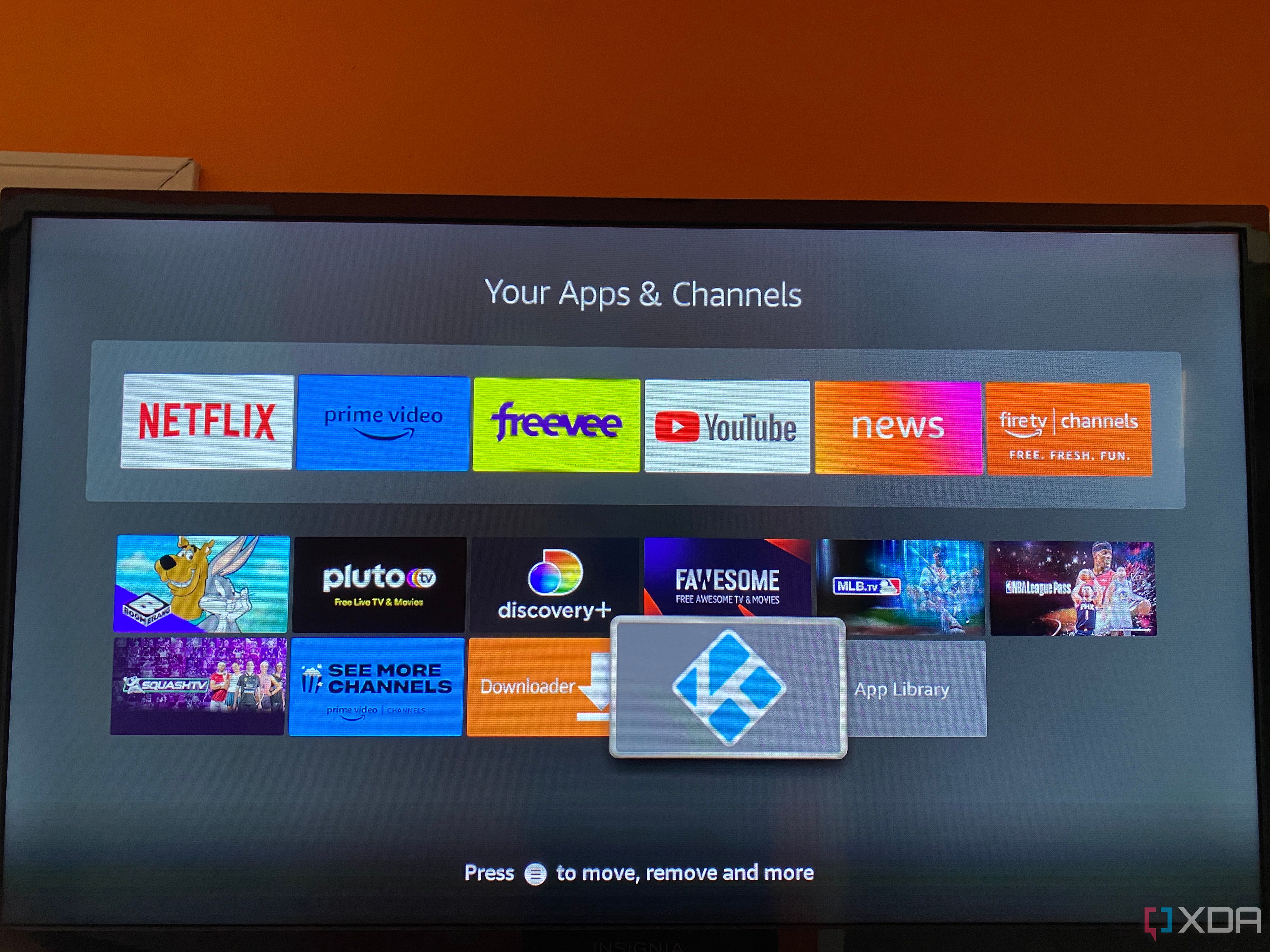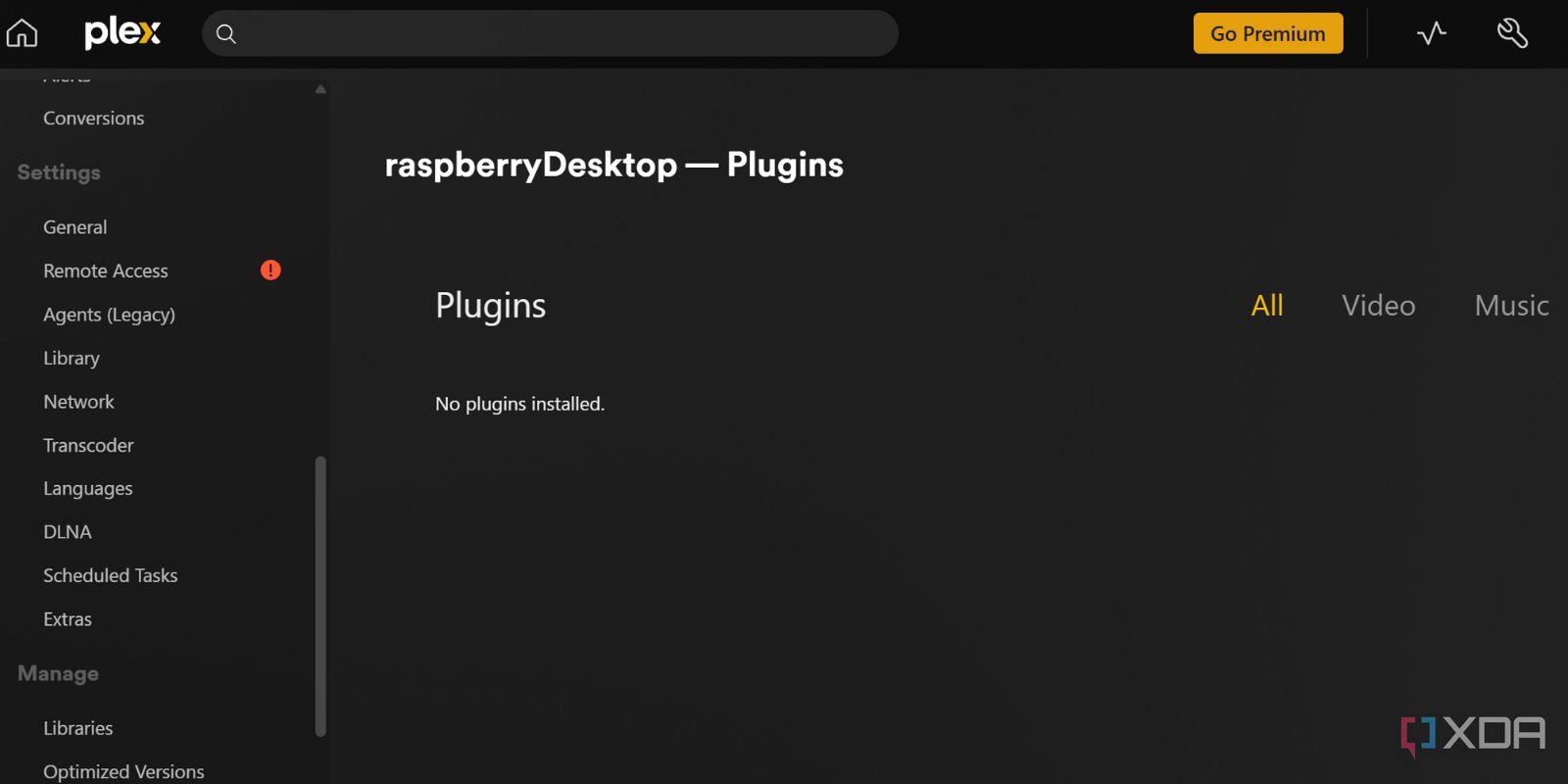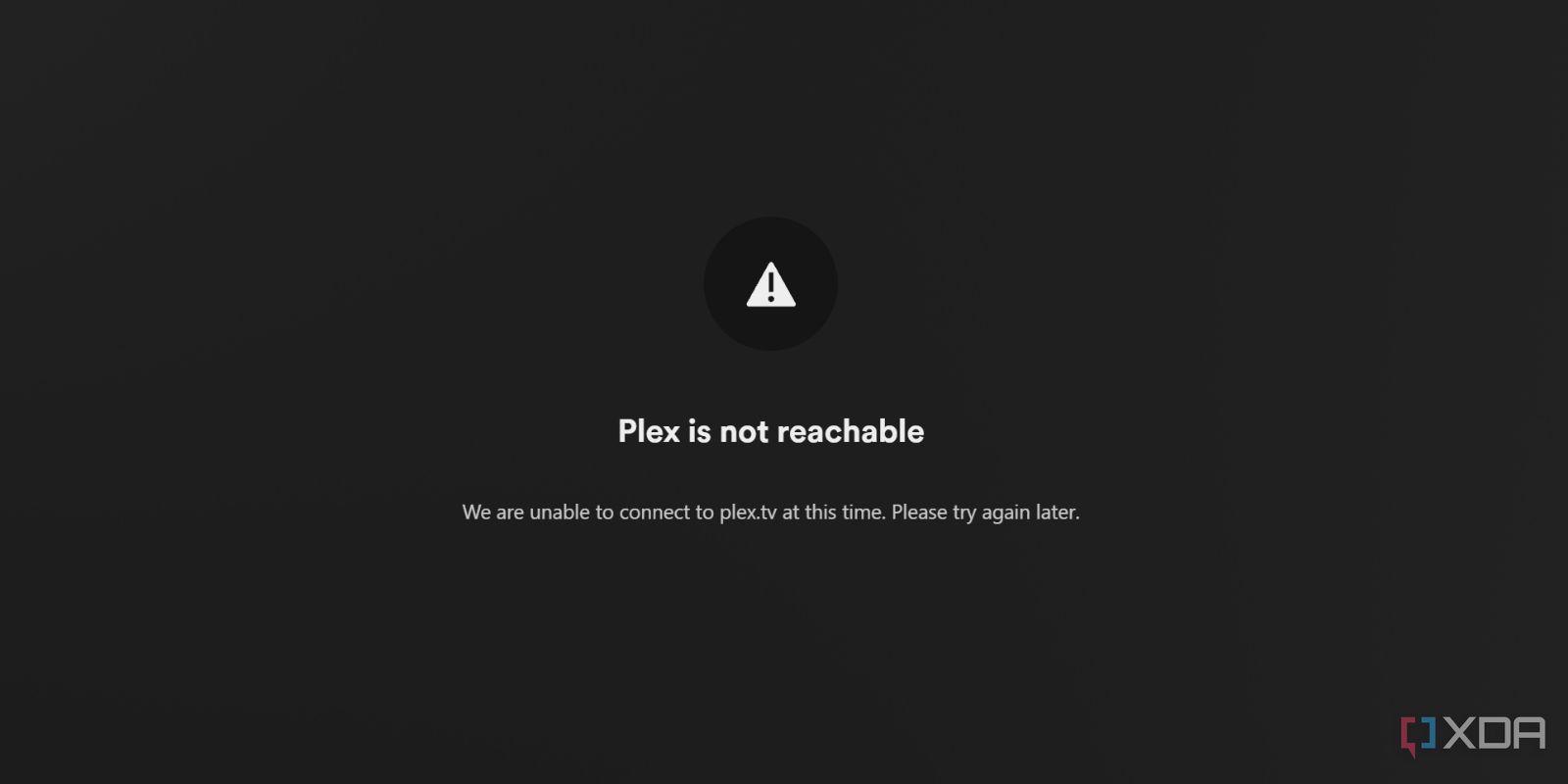There’s always a debate when picking your favorite media streaming server, whether to use Plex or opt for something open-source like Jellyfin. The former raises a few concerns, especially after changing their subscription plans and restricting essential features behind a paywall. There are also qualms about the bloated interface and removal of some core features that made Plex a great media server in its heyday.
I recently did a cool Raspberry Pi project where I converted a Raspberry Pi Zero 2W into a Plex media server. It happened after I tried Jellyfin, and I saw quite a few problems with the current state of Plex. These glaring issues ruined my experience using the media server, and some missing features didn’t seem right. Let’s discuss the problems that Plex can fix to regain its reputation as a reliable media server.

Related
I self-host Jellyfin on my Proxmox server – here’s how
Thanks to LXC containers and SMB shares, your Proxmox rig can double as a media server
5
Missing playback controls
Who thought it was a great idea?
Ever had a slow-burning show or movie that you cannot bear at the default playback speed? I have picked up an unusual habit of watching slow-narrated YouTube videos, anime, and documentaries at 1.5x speed. If the content is slow, you can switch to the 1.25x or 1.5x speed and continue. It ensures that you don’t lose your sanity and also doesn’t skip on details, which usually happens when you forward the video to a random timestamp.
Plex, however, loves to punish you in the free tier with missing playback speed controls. It includes everything except the playback speed adjustment feature, which seems out of place. Jellyfin, or any media streaming server for that matter, doesn’t hold back on this trivial feature. Even a web-based file manager like File Browser lets me adjust the playback speed, and I wonder why Plex removed this feature in the free tier.

Related
5 tips for managing your Jellyfin server to make your life easier
Spruce up Jellyfin to make it work as your personal streaming service
4
Horrendous UI Design
Pushing promotional stuff
When I first logged into the Plex media server web UI, the home page was littered with suggested content. I don’t have a problem with the previous watch history, but the other stuff isn’t useful. While there is an option to turn some sections off in the settings, it is a little difficult to hide everything and just display your media library on the home page.
I prefer an initial setup option to allow or turn off the Plex-owned content on my personal media server. It’s not a great experience turning off multiple toggles buried in settings to hide the mess. Still, a few sections, like “What’s on now” and “Tune In Now,” remain on the home page and are impossible to remove.
3
Vanished plugin support
Limited options
Plex dropped plugin support a while back, and that’s a dealbreaker, especially after trying something like Jellyfin. The latter has extensive plugin support to manage your media library, control media streaming, add metadata and subtitles, and more. I especially liked the intro skipper, which saves me loads of time and skips through the intro and end credits.
If you use Plex, intro skipper, and a few other features behind a paywall, you cannot use a plugin to get that functionality. Plugins open doors to many possibilities and can accommodate even the smallest needs of a media streaming server. There could be a niche plugin that caters to a small subset of users, which Plex might not invest time in developing. However, Plex no longer entertains the idea, and using unofficial plugins is another headache.
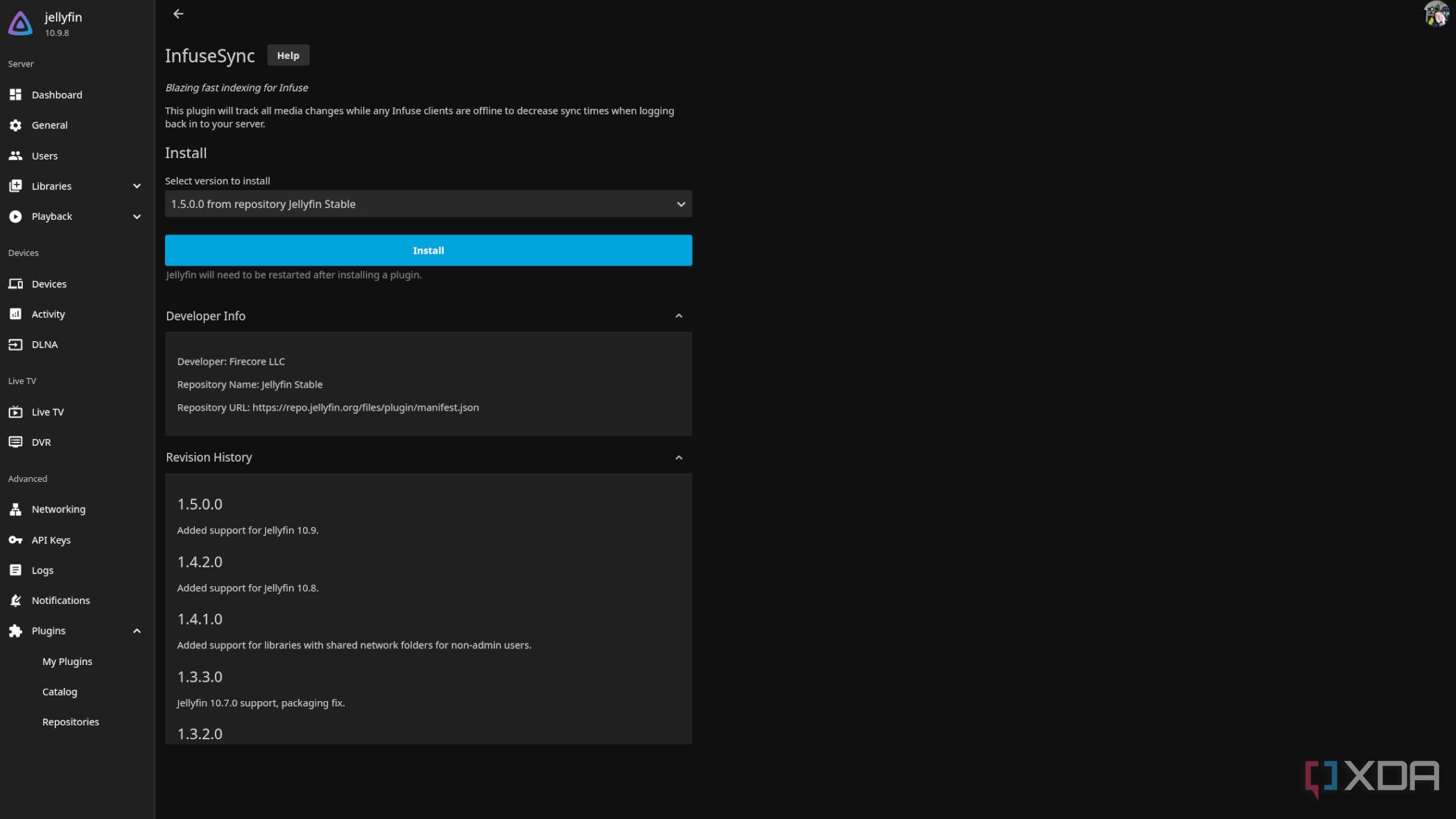
Related
9 best Jellyfin plugins you should be using on your media server
Get more from your free media streaming service.
2
Remote access is behind a paywall
No streaming, only downloads
After a while, I noticed that deploying Tailscale on my Raspberry Pi OS system and then accessing it via the Tailscale network on my smartphone didn’t work. I frequently use this trick to access my Jellyfin media server outside my home network. For some reason, Plex is now blocking the media playback on Tailscale or any other similar remote access setup.
Every time I try to play anything from the library, I get a nagging pop-up suggesting that I upgrade to the paid tier. Fortunately, downloads still work, so you can use Tailscale on the server to ensure file access from anywhere. However, downloading multiple large files, especially on your phone, bloats up the limited storage space fast. If I’m that desperate, I’ll use File Browser to access and preview files via Tailscale until I return home.

Related
I tried using File Browser as a personal cloud storage and here’s how it went
A simple cloud storage and web file manager solution for those who love keeping things simple.
1
No offline access
It’s daunting to set up
The core aspect of any self-hosted media server is that you can access it inside your local network, even when the internet goes down. Access and playback aren’t an issue as long as the server and the access device (phone, PC, etc.) are on the same network. Jellyfin works exceptionally well when my internet connection breaks during heavy rains. Even if the metadata doesn’t update, I can browse and watch anything from my collection.
Plex doesn’t work in such a case and thus neglects an essential media server feature. I even tried some tricks to enable the server access without the internet, but that didn’t alleviate my pain. It should work by default and not push the burden onto the end user to figure it out.
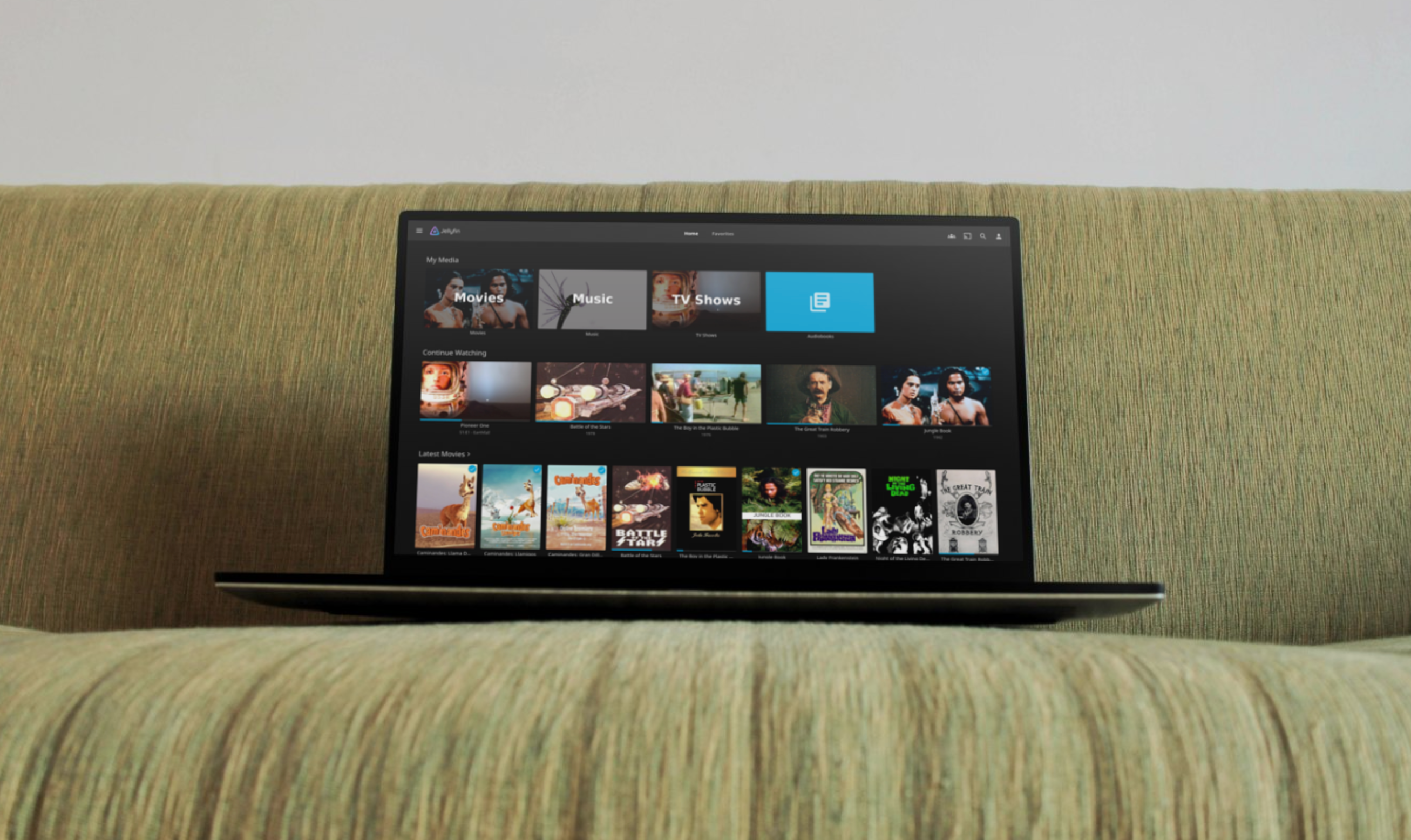
Related
How I turned my old Windows PC into a streaming server with Jellyfin
And enjoy your local media anywhere
Plex has scope for improvement
Users love Plex because of its simplicity, but recent changes to the pricing structure and even the integral features make it a tough decision for many. If you have a Plex Pass, you may not encounter some of these problems, but forcing web streaming content onto your personal media server or blocking access when the internet connection is lost isn’t appealing. If you are looking for an alternative, try Jellyfin. I wouldn’t suggest you ditch Plex instantly, but give Jellyfin a go. You might like it!

